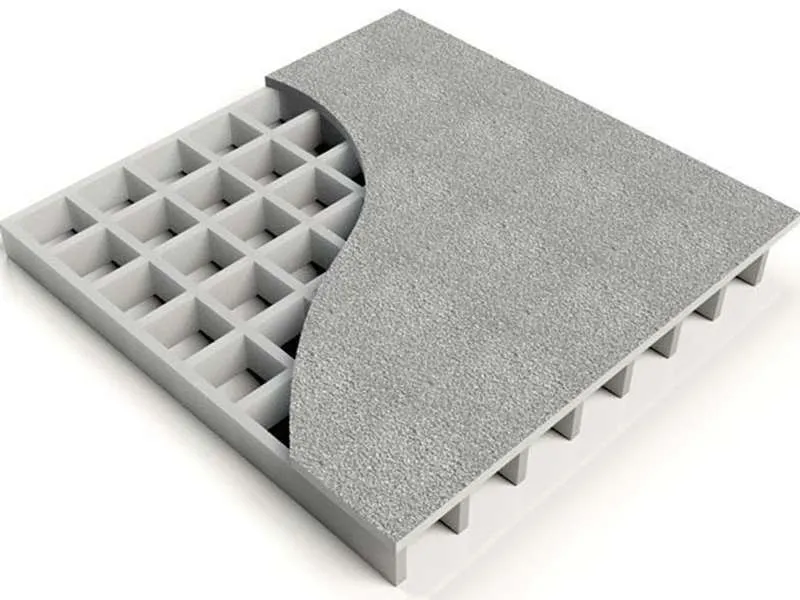
-
 Afrikaans
Afrikaans -
 Albanian
Albanian -
 Amharic
Amharic -
 Arabic
Arabic -
 Armenian
Armenian -
 Azerbaijani
Azerbaijani -
 Basque
Basque -
 Belarusian
Belarusian -
 Bengali
Bengali -
 Bosnian
Bosnian -
 Bulgarian
Bulgarian -
 Catalan
Catalan -
 Cebuano
Cebuano -
 China
China -
 China (Taiwan)
China (Taiwan) -
 Corsican
Corsican -
 Croatian
Croatian -
 Czech
Czech -
 Danish
Danish -
 Dutch
Dutch -
 English
English -
 Esperanto
Esperanto -
 Estonian
Estonian -
 Finnish
Finnish -
 French
French -
 Frisian
Frisian -
 Galician
Galician -
 Georgian
Georgian -
 German
German -
 Greek
Greek -
 Gujarati
Gujarati -
 Haitian Creole
Haitian Creole -
 hausa
hausa -
 hawaiian
hawaiian -
 Hebrew
Hebrew -
 Hindi
Hindi -
 Miao
Miao -
 Hungarian
Hungarian -
 Icelandic
Icelandic -
 igbo
igbo -
 Indonesian
Indonesian -
 irish
irish -
 Italian
Italian -
 Japanese
Japanese -
 Javanese
Javanese -
 Kannada
Kannada -
 kazakh
kazakh -
 Khmer
Khmer -
 Rwandese
Rwandese -
 Korean
Korean -
 Kurdish
Kurdish -
 Kyrgyz
Kyrgyz -
 Lao
Lao -
 Latin
Latin -
 Latvian
Latvian -
 Lithuanian
Lithuanian -
 Luxembourgish
Luxembourgish -
 Macedonian
Macedonian -
 Malgashi
Malgashi -
 Malay
Malay -
 Malayalam
Malayalam -
 Maltese
Maltese -
 Maori
Maori -
 Marathi
Marathi -
 Mongolian
Mongolian -
 Myanmar
Myanmar -
 Nepali
Nepali -
 Norwegian
Norwegian -
 Norwegian
Norwegian -
 Occitan
Occitan -
 Pashto
Pashto -
 Persian
Persian -
 Polish
Polish -
 Portuguese
Portuguese -
 Punjabi
Punjabi -
 Romanian
Romanian -
 Russian
Russian -
 Samoan
Samoan -
 Scottish Gaelic
Scottish Gaelic -
 Serbian
Serbian -
 Sesotho
Sesotho -
 Shona
Shona -
 Sindhi
Sindhi -
 Sinhala
Sinhala -
 Slovak
Slovak -
 Slovenian
Slovenian -
 Somali
Somali -
 Spanish
Spanish -
 Sundanese
Sundanese -
 Swahili
Swahili -
 Swedish
Swedish -
 Tagalog
Tagalog -
 Tajik
Tajik -
 Tamil
Tamil -
 Tatar
Tatar -
 Telugu
Telugu -
 Thai
Thai -
 Turkish
Turkish -
 Turkmen
Turkmen -
 Ukrainian
Ukrainian -
 Urdu
Urdu -
 Uighur
Uighur -
 Uzbek
Uzbek -
 Vietnamese
Vietnamese -
 Welsh
Welsh -
 Bantu
Bantu -
 Yiddish
Yiddish -
 Yoruba
Yoruba -
 Zulu
Zulu
frp piping system
The FRP Piping System A Comprehensive Overview
Fiber Reinforced Plastic (FRP) piping systems have rapidly gained popularity in various industries due to their superior properties compared to conventional materials. Made from a composite of plastic and fiber reinforcements, FRP pipes offer a unique blend of strength, durability, and resistance, making them an ideal choice for a wide range of applications. This article provides an in-depth look at FRP piping systems, focusing on their composition, benefits, applications, and future prospects.
Composition of FRP Piping
FRP piping systems are primarily composed of a thermosetting resin reinforced with fibers, typically glass or carbon. The combination of resin and fibers results in a material that can withstand high levels of stress while remaining lightweight. The resin serves as the matrix that holds the fibers together, providing structural integrity. The reinforcement fibers add tensile strength and prevent deformation or rupture under mechanical stress.
The manufacturing process of FRP pipes involves the use of techniques such as pultrusion, filament winding, and resin transfer molding. These methods ensure consistent quality and performance across different pipe dimensions and applications. The ability to customize the composition and cross-sectional design of FRP pipes makes them suitable for various environments and operational requirements.
Advantages of FRP Piping Systems
1. Corrosion Resistance One of the standout features of FRP piping is its high resistance to corrosion. Traditional metal pipes often succumb to rust and degradation when exposed to corrosive substances. In contrast, FRP pipes can withstand harsh chemicals, making them ideal for industries such as chemical processing and wastewater treatment.
2. Lightweight FRP pipes are significantly lighter than their metal counterparts, which simplifies handling, transportation, and installation. This lightweight nature also reduces the load on supporting structures, making them suitable for applications in areas with weight restrictions.
3. Longevity FRP piping systems boast a long service life, sometimes exceeding 30 years, with minimal maintenance. Their resistance to corrosion, UV light, and chemical attack contributes to this longevity, providing a cost-effective solution for businesses.
frp piping system

4. Thermal Insulation The low thermal conductivity of FRP helps to maintain the temperature of fluids being transported, which is particularly beneficial in industries where specific temperature ranges are crucial.
5. Flexibility and Customization FRP pipes can be manufactured in various shapes and sizes, allowing for greater design flexibility. This adaptability makes them suitable for unique applications and environments.
Applications of FRP Piping
The versatility of FRP piping systems lends itself to numerous applications across different sectors
- Chemical Industry In environments involving aggressive chemicals, FRP pipes provide excellent service due to their corrosion resistance. - Water and Wastewater Management FRP pipes are frequently used for water treatment facilities, sewage systems, and stormwater drainage. - Oil and Gas Their lightweight and strong nature makes FRP an effective solution for transporting oil and natural gas, particularly in offshore settings. - Food and Beverage FRP piping systems are also employed in food processing facilities, where hygiene and corrosion resistance are paramount.
Future Prospects
As industries continue to seek durable, efficient, and sustainable solutions, the demand for FRP piping systems is likely to increase. Innovations in materials and manufacturing techniques will further enhance the properties of FRP pipes, making them even more versatile and effective. Additionally, the growing emphasis on environmental sustainability and the reduction of carbon footprints may drive businesses to transition to FRP systems that offer lower lifecycle impacts.
In conclusion, FRP piping systems represent a remarkable advancement in piping technology. Their unique properties and advantages position them as a valuable option for a myriad of applications. By understanding the benefits and potential of FRP pipes, industries can make informed decisions that may lead to improved efficiency, reduced costs, and enhanced operational performance. As technology advances, the future of FRP piping systems looks promising, paving the way for continued innovation in the field of materials engineering.









